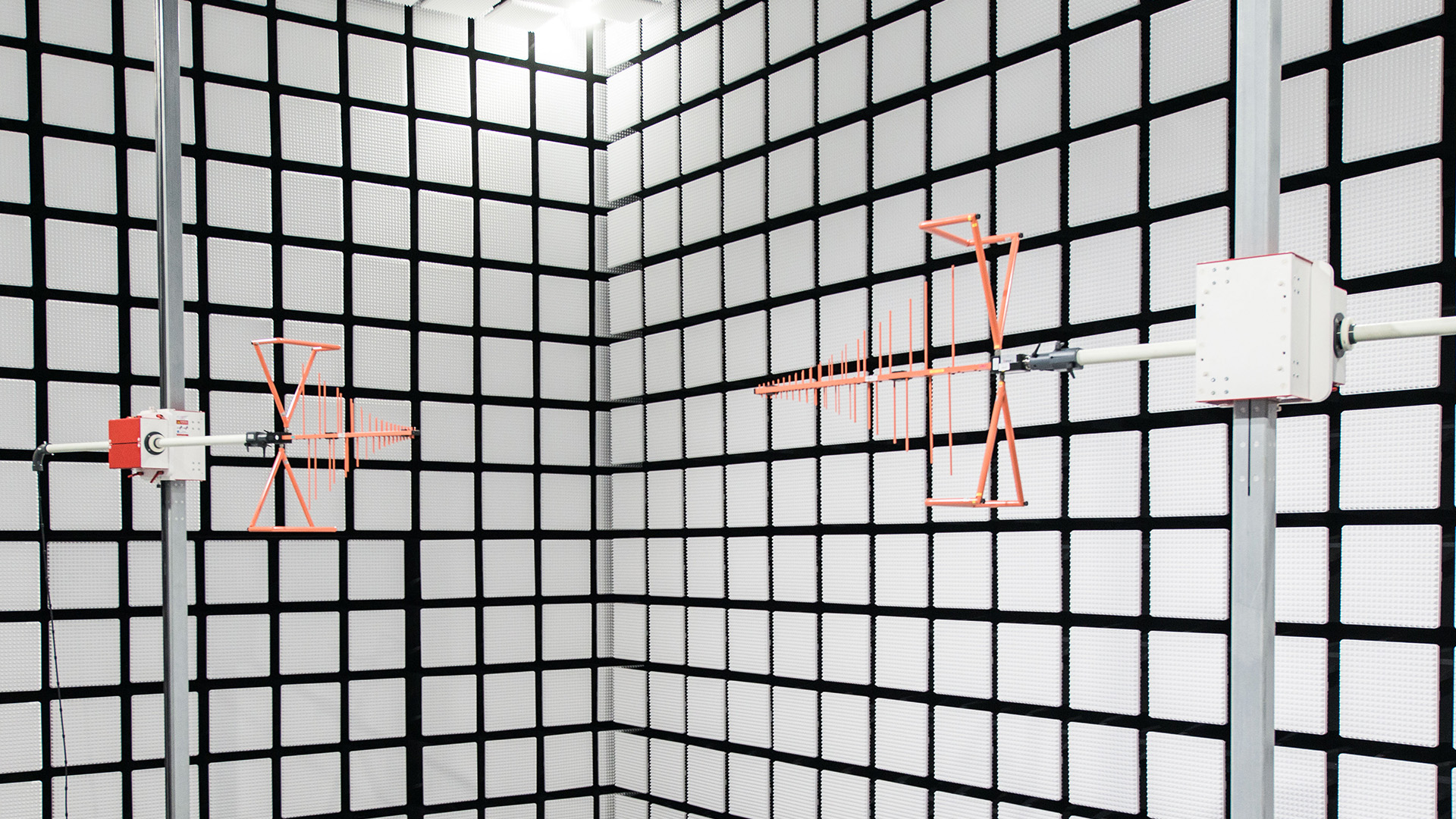EMF Assessment for Arc Welding Scenarios

Benjamin SCHRANZ, Fronius International GmbH
Rene HIRTL, Seibersdorf Labor GmbH
Johannes KAINZ, Seibersdorf Labor GmbH
Gernot SCHMID, Seibersdorf Labor GmbH
Abstract
In today's European industrial environment, employee protection has been a top priority for years and is constantly being expanded. An increasingly important part of this workplace assessment is human exposure to electric, magnetic and electromagnetic fields (EMF).
At welding workplaces in particular, large currents generate highly localized, strong magnetic fields which penetrate the body and could lead to stimulation effects in nerve tissue, why limit values for external and intracorporeal fields have been defined in the European Directive 2013/35/EU on minimum health and safety requirements regarding the exposure of workers against EMF.
Although body external fields can be determined relatively easy with suitable measuring devices, intracorporeal fields, which can be seen as the underlying target quantity, are not measurable, but have to be assessed by numerical means, using anatomical body models for computing the induced electric fields in the body.
A recent publication (Schmid et al., 2019a) strongly indicates that using the current assessment method, described in IEC 62822-2 with simplified body models (conductive circular disks) may lead to a substantial underestimation of exposure.
In a comprehensive research project, which was initiated by Fronius and financed by the European Welding Association (EWA), a new EMF assessment method was generated by numerical body model simulation, carried out by Seibersdorf Laboratories. As required in the new version of the standard, not only the recommended standard positions for welding were taken into account, but also foreseeable use-cases which are known to occur in practice at the workplace. The new “Induction Factors (IFs)” found for the different torch positions, cable routing and body postures can be used directly in the EMF assessment. It could also be proven that the currently applied method with circular disk models leads to the presumed underestimation in any situation.















